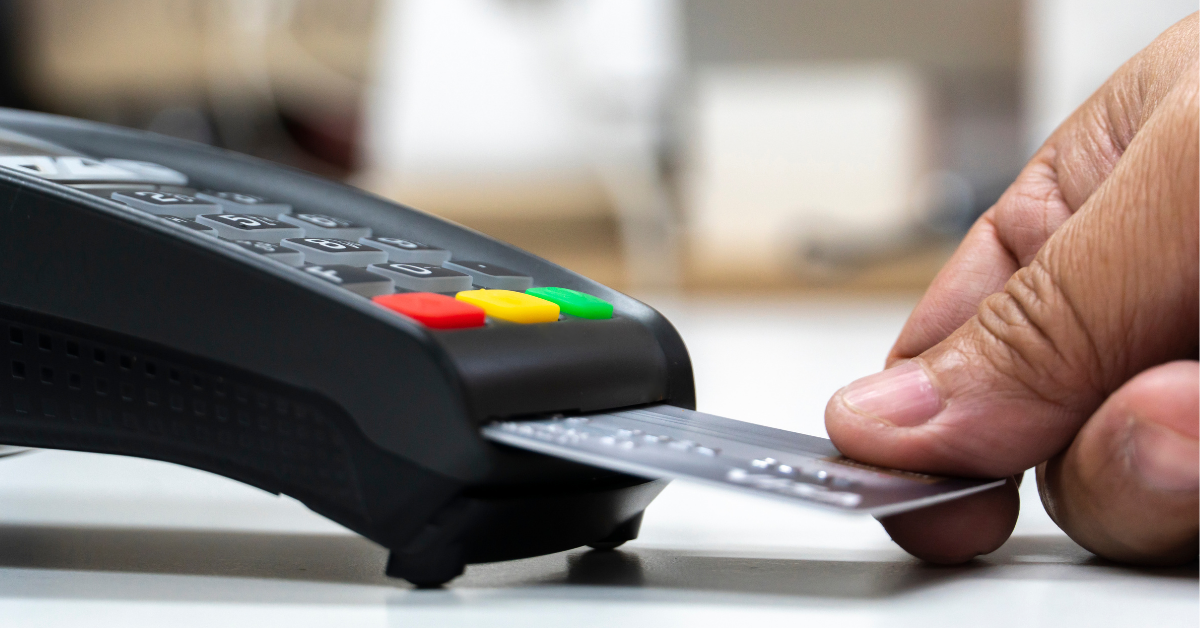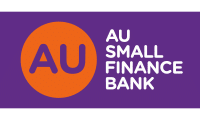A credit card, in a simple language, is a type of unsecured loan, in which the card issuer company agrees to offer you a credit limit. It can be used to make online and offline purchases and then pay the amount back to the card issuer company in full or in parts. It is not like a personal loan or a car loan in which you have installment loan accounts instead credit cards have revolving credit accounts. From this, we mean that you can borrow the same amount repetitively upon paying the dues. A credit card offers you the privilege to save money by offering you rewards against the money that you spend. On that note, credit cards can also help you build a good credit history if you follow healthy financial habits.

Difference Between a Debit Cards & a Credit Card
To the new users in the market, credit card and debit card might look similar to each other, but both the cards work very differently. Before talking on how a credit card works, we should understand the difference between a debit card and a credit card –
Debit Card– It is a plastic currency card that enables you to make payments either by withdrawing cash or by transferring the amount directly to the cardholder’s account without any interest. You use the money which is present in your own account.
Credit Card– It is also a card issued by a bank or a non-banking financial institution, that allows you to borrow funds from them to pay for goods and services and in return they charge interest from you in case of non-payment or delayed payment.
Also Read: Key Difference between Credit Cards and Debit Cards
All You Need To Know About Credit Cards
Firstly, you must be aware of all the things that are mentioned on your credit card so that you can use it correctly when required. Other than your name and Card Verification Value (CVV), you should also be aware of every single symbol/information given on your card. A credit card bears the following details:-
- A unique credit card number printed or embossed on the card
- Name of the cardholder
- Expiry Date
- Logo of the Card Issuer & Card Network (Visa, Mastercard, etc)
- A Wifi like symbol that shows that your card is a contactless card.
On the back of the credit card :-
- The Card Verification Value Number (CVV)
- A magnetic strip
But have you ever wondered what happens when we use this plastic currency card in a store or for online purchases to pay our bills? What actually happens in those mili-seconds when you swipe the card and how does the payment get credited in the merchant’s account? Using a credit card might seem to be a simple process but the process of getting payment credited to the merchant’s account from the card issuer’s account is a complex process. Through this article, we will try to understand how a credit card works financially and technically.
Financial Working of a Credit Card
In the case of a credit card, you actually do not have any balance in your account. You are borrowing it from the card-issuing company every time you do a transaction through your credit card. Further then, there is a due date decided by the card issuer company, by which you have to pay back the amount which you had borrowed. You will be charged interest on the amount that you had borrowed if the due amount or a part of the due amount does not reach the issuer bank by the due date. They will keep charging a predefined percentage of interest on your due amount and fresh purchases till the time the complete amount is not repaid. However, no interest will be charged if you are able to repay the full amount within the interest-free period.
Technical working of a Credit Card
It is first important to understand some basic terms that will be involved in the technical functioning of a credit card –
- Payment Gateway – It is an online application that authorizes your credit card payments. It is used when you initiate any transaction through an online platform.
- Acquirer – A bank or any financial institution that processes the credit or debit card transactions on behalf of the merchant is known as acquirer.
- Association – These are the payment processing networks such as Visa and MasterCard.
- Merchant – A merchant uses a Point of Sale (POS) terminal for swiping the credit card.
- Credit Card Issuer – It is a bank or a financial institution that issues credit cards.
Working of a Credit Card at a Retail Store
Now let us understand the working of a credit card at a retail store –
- Once you are done picking up the products of your daily needs from your favorite store, you proceed to the checkout counter and present your credit card for payment. The storekeeper will then either swipe or insert your card into a Point of Sale Machine. He may then ask you to enter your Personal Identification Number (PIN) for authenticating the transaction.
- The POS machine will then read the magnetic strip present at the back of the credit card and send the information along with the PIN to the issuing bank. If everything looks fine to the issuing bank, it will then approve the transaction that has been initiated.
- For the approved transaction, the machine will print a pair of receipts, out of which one will be kept by the storekeeper and the other will be given to you.
The whole process seems so easy and seamless because of the technologies provided by Visa or MasterCard.
Working of a Credit Card for Online Transactions
When you are done with adding your favorite products to the cart and you proceed toward check out, you are given the choice to make payment through either a debit or a credit card. Upon selecting a credit card, the website will ask you about the following details:-
- Select whether your card is a Visa or a MasterCard
- Your card number
- Expiry date
- CVV Number
- Name as printed on the card
Once you select the payment option, the information that you have entered will be sent to your bank via the payment gateway. The bank will then send an OTP (One Time Password) either to your registered mail id or mobile number to authenticate the transaction. If the correct OTP is entered, the transaction will hence be completed.
Important Terms
For a better understanding of how credit cards work, you should be familiar with the following terms:-
- Credit Limit – It is the limit beyond which you cannot use your credit card and even if you try to, your transaction will be rejected by the card issuing authority or you will be charged an over limit fee. This credit limit is determined on the basis of various factors such as your credit score, your credit history, any ongoing loan in your name, etc. If your credit repayment record remains strong, the card missing bank may give you an option to enhance your credit limit.
- Minimum Payment – It is a minimum amount out of the total billed amount that you need to pay before the due date. If you fail to do so, you will have to pay interest on it.
- Interest – A credit card is just like a loan on which you have to pay interest but this will be applicable only when you are unable to pay the full amount of the billed statement. You will be charged interest on any amount that you are unable to pay from the billed statement. The interest on such an amount is charged monthly.
- Billing Cycle – It is a fixed period in which you can make purchases until a bill is generated. It is better to make purchases at the start of the billing cycle as in that case you get more time to pay for the transactions that you have made.
Bottom Line
A credit card enables you to spend money on credit. It is just like taking a loan for an amount that you have spent using your credit card. If you pay off the full bill monthly, you will not have to pay any interest but if you are unable to pay the full amount, you will have to pay interest on the amount outstanding. The working of credit cards is quite complex but it appears to be seamless because of the technologies provided by Visa and MasterCard. If used wisely, a credit card is a good option to build a credit score as well as to manage your finances.









